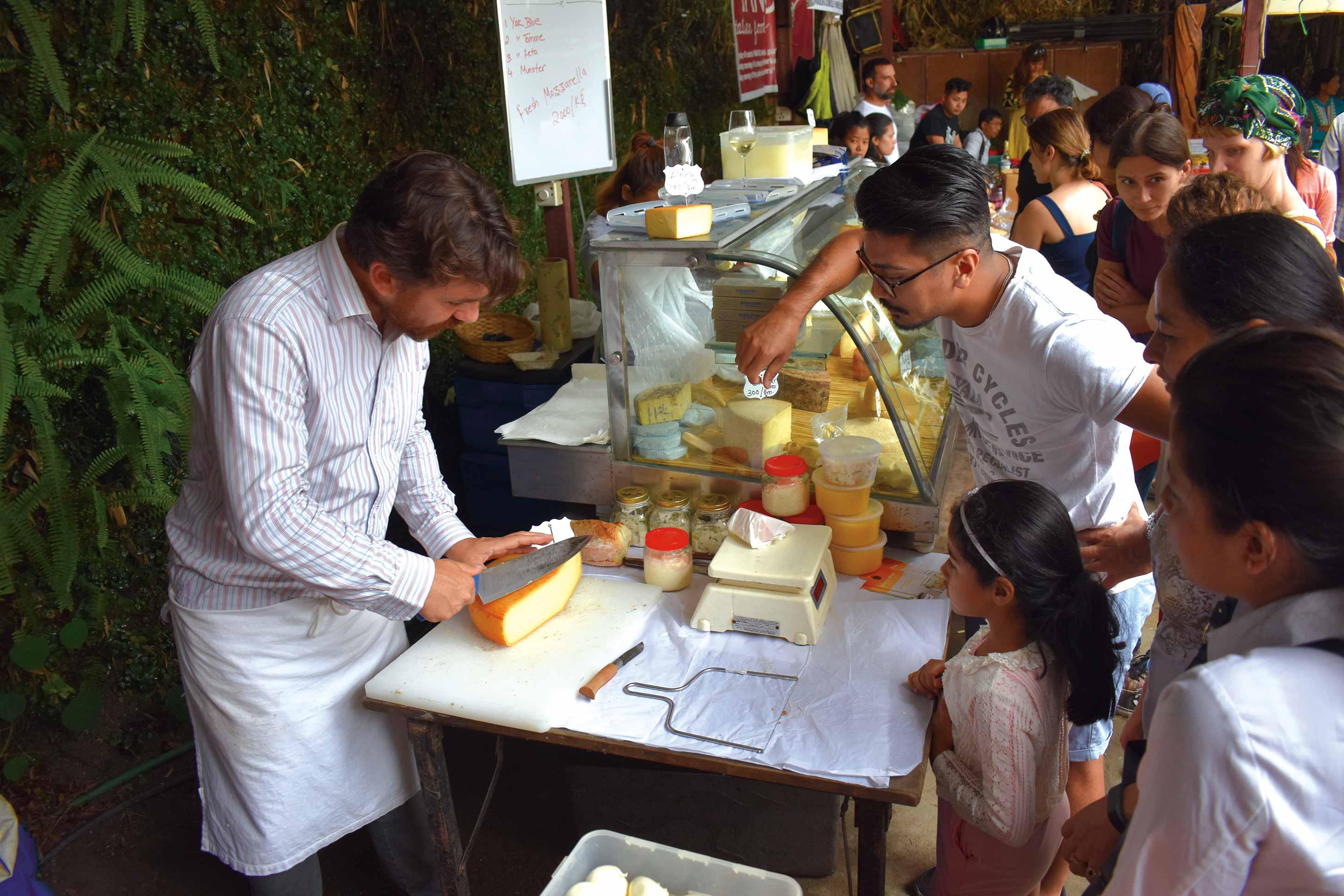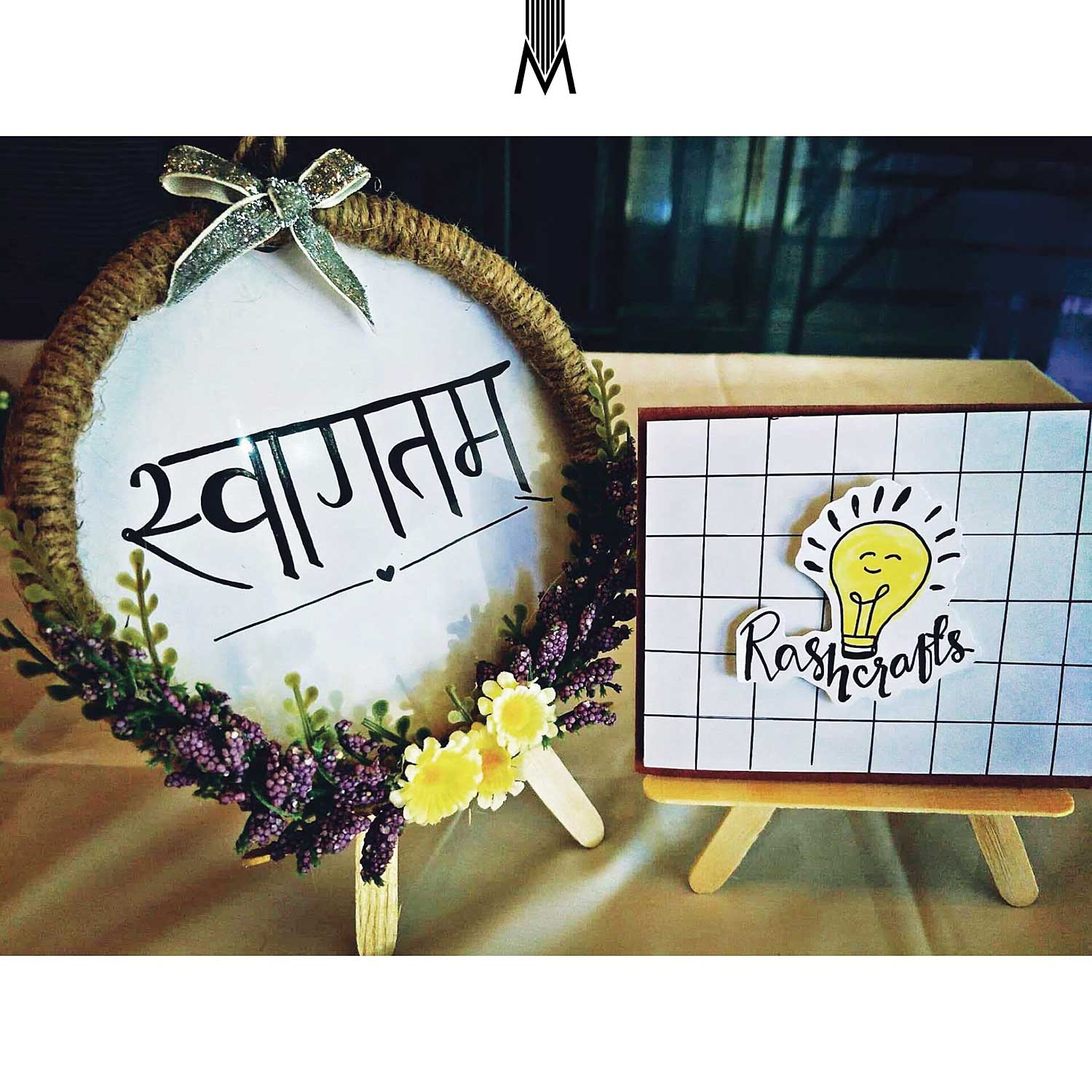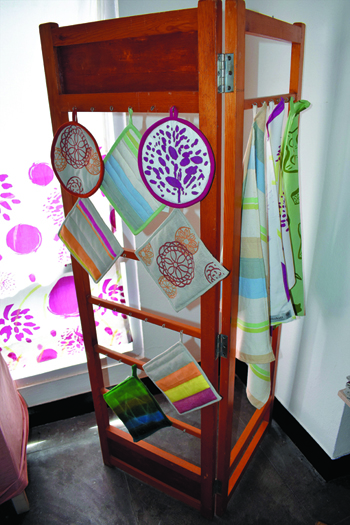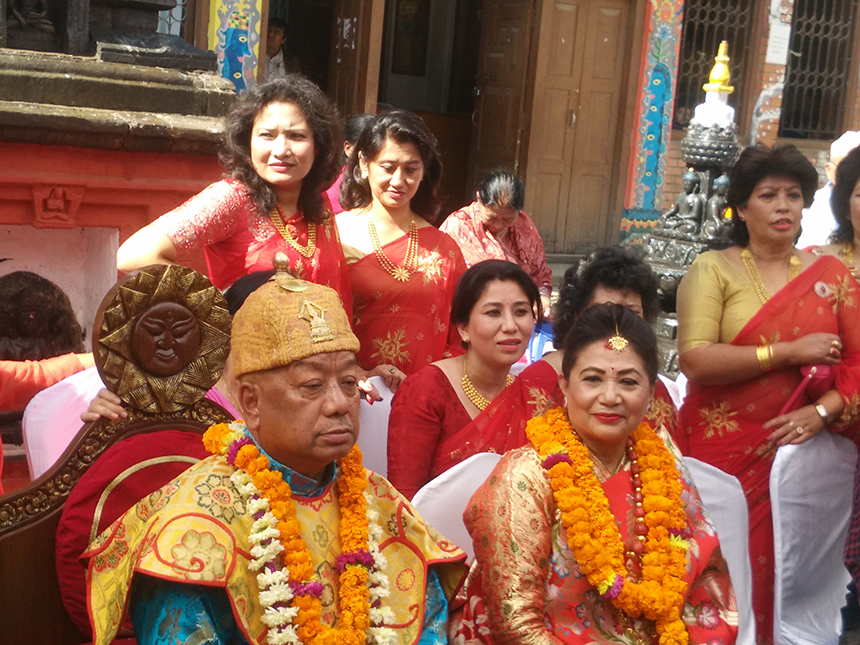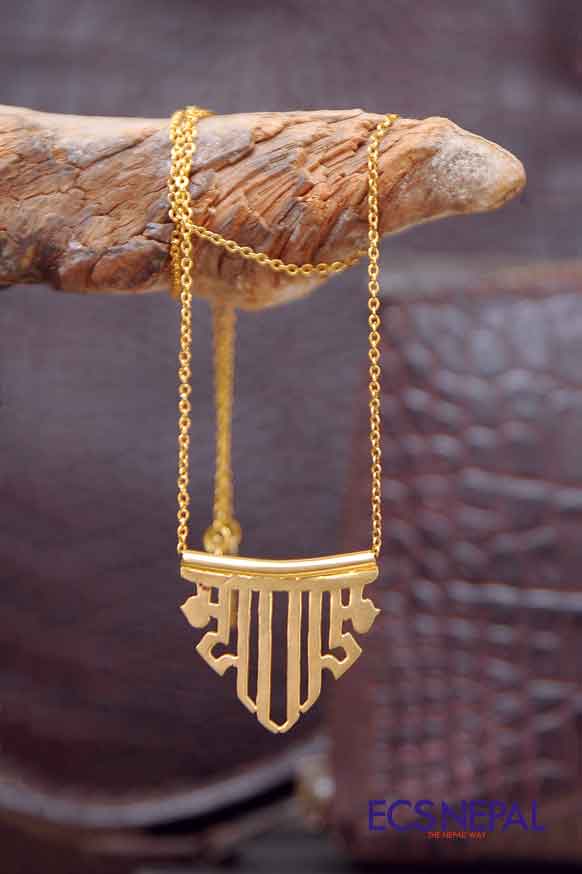Nepal has been blessed with a plethora of traditional masks that range from the almost-African tribal to the most intricate designs you’ll ever see.

A stroll through Jhochhen will make you aware of a variety of strange masks displayed in the storefronts. It doesn’t take long to figure out they look rather “old” and alien. The Mask Shop at Freak Street houses some of these primitive looking objects, many of which appear to be from a world away. But they are, quite unexpectedly, Nepali.
The traditional masks of Nepal can be mostly divided into two categories – classical masks, that have the painted faces of Hindu and/or Buddhist deities, and tribal ones that belong to the ethnic groups (Tharu, Magar, Rai, etc). These are mostly worn during rituals, the most popular being that of the Lakhey. There’s a third as well. The most sacred of the lot, these are the stone and metal masks that are used as spiritual substitutes for idols.
The most common masks are made of papier mâché and can vary in sizes and designs. The locality of Thimi has long been a manufacturing hub. “Masks have been a part of our culture for generations,” says Krishna Kaji Prajapati of Krishna Art Ceramics. “To be honest, we have forgotten the lineage and stories behind each of them but we still keep the art form alive.”
The tribal masks still retain an air of mystery. Their striking features set them apart from their religious couterparts, and the lack of facial expressions, along with the rather human (un-godlike) appearance all make it an interesting canvas for vehicles of procession and reverence. The Magar and Gurung descendant masks, which belong to the tribes of old, are made from hardwood and covered with a gloss from exposure to smoke and butter fat. Those of the Tharu are of a softer timber, while the Rais have theirs made from felt or goat skin and are usually employed as protectors of their shelters.
Anand Neupane of A.A Handicrafts gestures at the various masks displayed in his shop. “All of these are essential for a generation that is unaware of its history,” he says. “Selling handicrafts might be our business but we still want to preserve parts of the past that differentiate us from the rest of the world.” History has a way of astounding us in the most remarkable ways, so the next time you visit Jhochhen, try to take the opportunity to look into your own culture. Who knows what you’ll find behind those masks?


